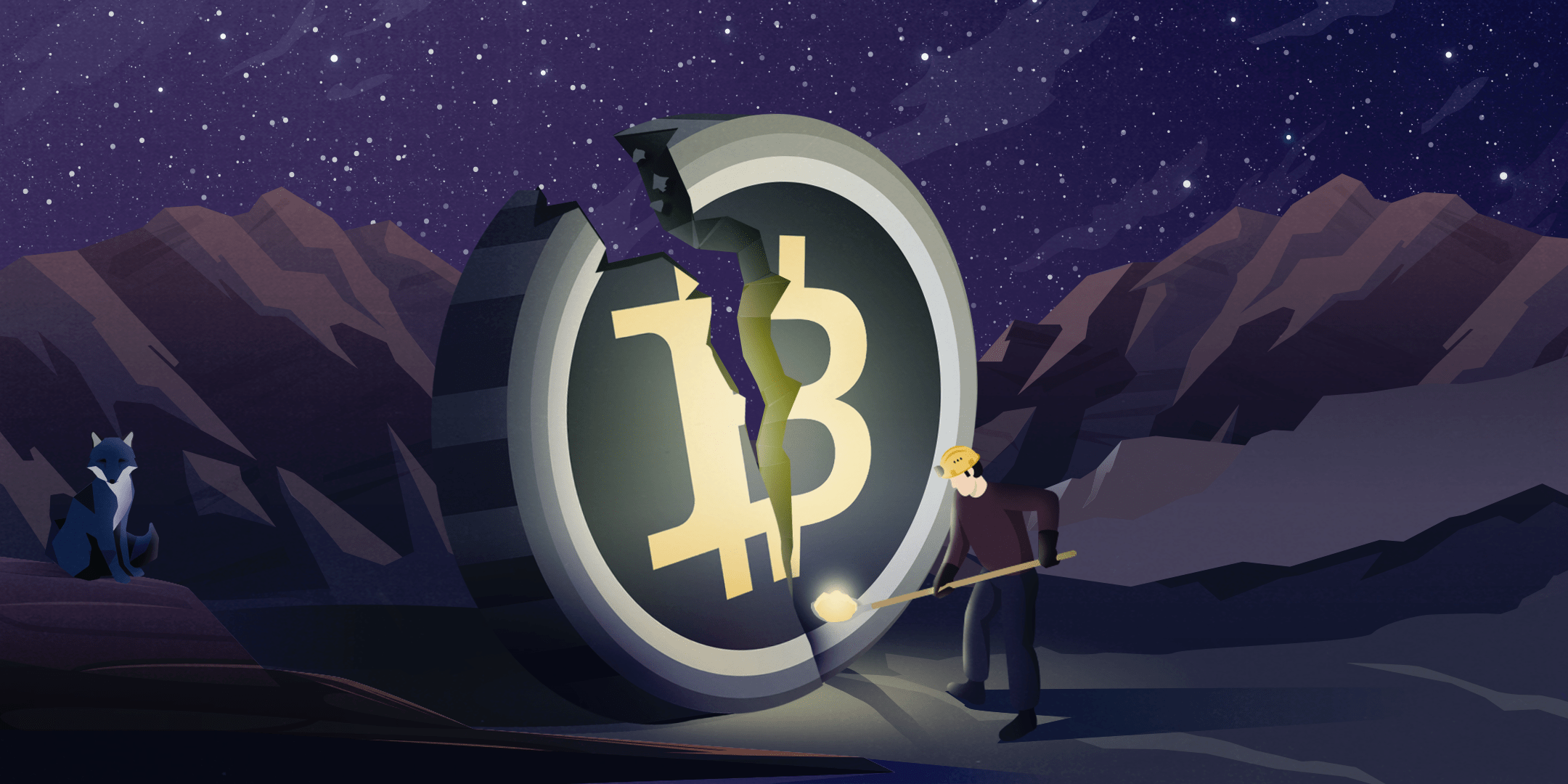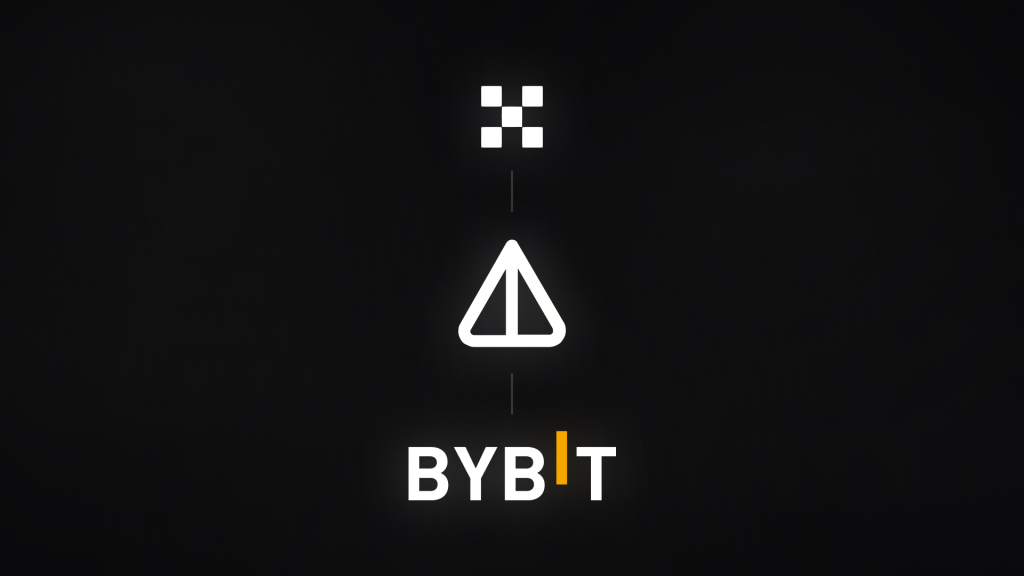Bitcoin is the most popular and valuable cryptocurrency in the world, with a market capitalization of over $500 billion as of July 2023. Bitcoin operates on a decentralized network of computers that validate transactions and secure the network from attacks. Bitcoin miners are the nodes that perform this work, using specialized hardware and software to solve complex mathematical problems and earn new bitcoins as a reward.
However, the supply of new bitcoins is not infinite. Bitcoin was designed with a hard cap of 21 million coins, which means that no more than that amount can ever be created. To ensure this limit, the protocol reduces the amount of new bitcoins issued per block every 210,000 blocks, or approximately every four years. This process is known as halving, or halvening, and it has a significant impact on the Bitcoin network and its price.
What is Bitcoin Halving?
Bitcoin halving is an event that occurs every four years, when the reward for mining a block of transactions is cut in half. This reduces the inflation rate of Bitcoin and creates scarcity for the digital asset. The halving also affects the profitability and incentives of miners, who are responsible for securing the network and processing transactions.
The first Bitcoin halving took place on November 28th, 2012, when the block reward dropped from 50 bitcoins to 25 bitcoins per block. The second halving occurred on July 9th, 2016, when the reward decreased from 25 bitcoins to 12.5 bitcoins per block. The third halving happened on May 11th, 2020, when the reward fell from 12.5 bitcoins to 6.25 bitcoins per block.
The next Bitcoin halving is expected to occur around April 2024, when the block reward will drop from 6.25 bitcoins to 3.125 bitcoins per block1. This will be the fourth halving in Bitcoin’s history, and it will mark the point where only 93.75% of all bitcoins will have been mined.

What Does Bitcoin Halving Mean for Investors?
Bitcoin halving has historically been associated with significant price movements in the cryptocurrency market. This is because halving affects the supply and demand dynamics of Bitcoin, as well as the expectations and sentiments of investors.
On one hand, halving reduces the supply of new bitcoins entering the market, creating scarcity and upward pressure on the price. On the other hand, halving also affects the demand for Bitcoin, as investors anticipate the event and adjust their strategies accordingly.
Some investors buy Bitcoin before the halving, expecting a price increase after the event. This creates a positive feedback loop that drives up the price before the halving. Others sell Bitcoin after the halving, taking profits or avoiding potential losses due to reduced mining rewards. This creates a negative feedback loop that pushes down the price after the halving.
The net effect of these forces depends on various factors, such as market conditions, investor psychology, media attention, regulatory developments, and technological innovations. Therefore, it is difficult to predict how Bitcoin will perform around each halving.
However, looking at the historical data, we can see some general patterns and trends that may offer some insights into what to expect from the next halving in 2024.
Bitcoin Price History Around Halvings
Bitcoin halving has historically been associated with significant price movements in the cryptocurrency market. This is because halving affects the supply and demand dynamics of Bitcoin, as well as the expectations and sentiments of investors.
On one hand, halving reduces the supply of new bitcoins entering the market, creating scarcity and upward pressure on the price. On the other hand, halving also affects the demand for Bitcoin, as investors anticipate the event and adjust their strategies accordingly.
Some investors buy Bitcoin before the halving, expecting a price increase after the event. This creates a positive feedback loop that drives up the price before the halving. Others sell Bitcoin after the halving, taking profits or avoiding potential losses due to reduced mining rewards. This creates a negative feedback loop that pushes down the price after the halving.
The net effect of these forces depends on various factors, such as market conditions, investor psychology, media attention, regulatory developments, and technological innovations. Therefore, it is difficult to predict how Bitcoin will perform around each halving.
However, looking at the historical data, we can see some general patterns and trends that may offer some insights into what to expect from the next halving in 2024.
The first halving in 2012 was followed by a massive bull run that saw Bitcoin rise from $12 to over $1,000 in less than a year. This was partly driven by increased media attention, public awareness, and adoption of Bitcoin as a new form of money and investment.
The second halving in 2016 was also followed by a huge rally that took Bitcoin from $650 to nearly $20,000 in 2017. This was partly fueled by the emergence of new use cases, innovations, and markets for Bitcoin, such as the Lightning Network, SegWit, ICOs, and futures trading.
The third halving in 2020 was also followed by a spectacular surge that propelled Bitcoin from $8,800 to almost $69,000 in 2021. This was partly driven by the increased institutional and corporate adoption of Bitcoin as a store of value and hedge against inflation, especially amid the Covid-19 pandemic and the unprecedented monetary and fiscal stimulus.
However, unlike the previous two cycles, the third one did not last long and was followed by a sharp correction that brought Bitcoin down to around $30,000 by mid-2022. This was partly caused by a series of negative events and factors, such as:
- The collapse of FTX exchange in November 2021 due to a massive hack and fraud scandal
- The tightening of monetary policy and interest rates by central banks around the world to curb inflation
- The crackdown on crypto regulation and taxation by various governments and authorities
- The emergence of new competitors and challenges for Bitcoin from other cryptocurrencies and technologies
- The loss of confidence and enthusiasm among investors and traders due to market volatility and uncertainty
Since then, Bitcoin (BTC) has been struggling to recover its momentum and break out of its consolidation range. As of July 2023, Bitcoin is trading at around $30,000, which is about 57% below its all-time high.
Will Bitcoin repeat its historical pattern and reach a new all-time high after the next halving in 2024? Or will it fail to overcome its current challenges and stagnate or decline further? These are some of the questions that investors and traders are asking themselves as they prepare for the next major event in Bitcoin’s history.
Bitcoin Price Predictions for 2024 Halving
Based on the historical patterns, we can expect that the next halving in 2024 will also have a positive impact on the price of Bitcoin in the long term. However, the magnitude and timing of this impact may vary depending on several factors, such as:
- The state of the global economy and the macroeconomic environment
- The level of competition and innovation in the cryptocurrency space
- The degree of regulation and legal clarity for Bitcoin and other digital assets
- The rate of adoption and acceptance of Bitcoin by individuals, businesses, and governments
- The development and improvement of the Bitcoin network and its infrastructure
- The behavior and psychology of investors and traders
Given these uncertainties, it is impossible to make an accurate prediction of how Bitcoin will perform around the 2024 halving. However, some analysts and experts have made some projections based on their assumptions and models.
For example, Bloomberg Intelligence analyst Jamie Douglas Coutts predicts that Bitcoin can scale $50,000 by April 2024. He bases his forecast on the assumption that Bitcoin cycles bottom around 12-18 months prior to the halving and that this cycle structure looks similar to the past ones.
Another example is Markus Thielen, research head at Matrixport, who predicts that Bitcoin will reach around $65,623 by April 2024. He bases his estimate on the assumption that Bitcoin will follow a logarithmic growth curve that fits its previous price movements.
Of course, these predictions are not guarantees or advice, but rather educated guesses based on certain assumptions and models. They should be taken with a grain of salt and not be relied upon as investment decisions.

What Does Bitcoin Halving Mean for Miners?
Bitcoin halving also has a significant impact on the miners who secure the network and process transactions. Halving affects their profitability and incentives, as well as the security and stability of the network.
When the block reward is halved, miners receive less income for their work. This reduces their profit margin and may force some miners to shut down their operations or switch to more profitable coins. This in turn reduces the hash rate (the total computing power) of the network, which may affect its security and performance.
However, there are also some factors that may mitigate or offset these effects. For example:
- The price of Bitcoin may increase after the halving, compensating for the reduced block reward
- The difficulty of mining (the measure of how hard it is to find a new block) may adjust downward after the halving, making it easier and cheaper for miners to mine
- The fees paid by users to send transactions may increase after the halving, providing an alternative source of income for miners
- The efficiency and innovation of mining hardware and software may improve over time, lowering the costs and increasing the profits of mining
Therefore, it is hard to predict how miners will react to the halving and how it will affect the network. However, looking at the historical data, we can see some general patterns and trends that may offer some insights into what to expect from the next halving in 2024.





